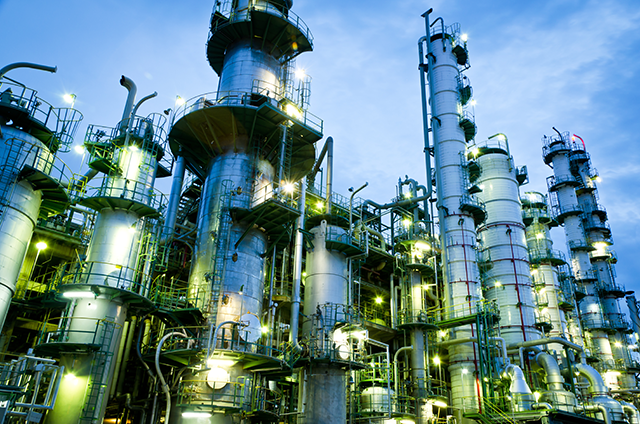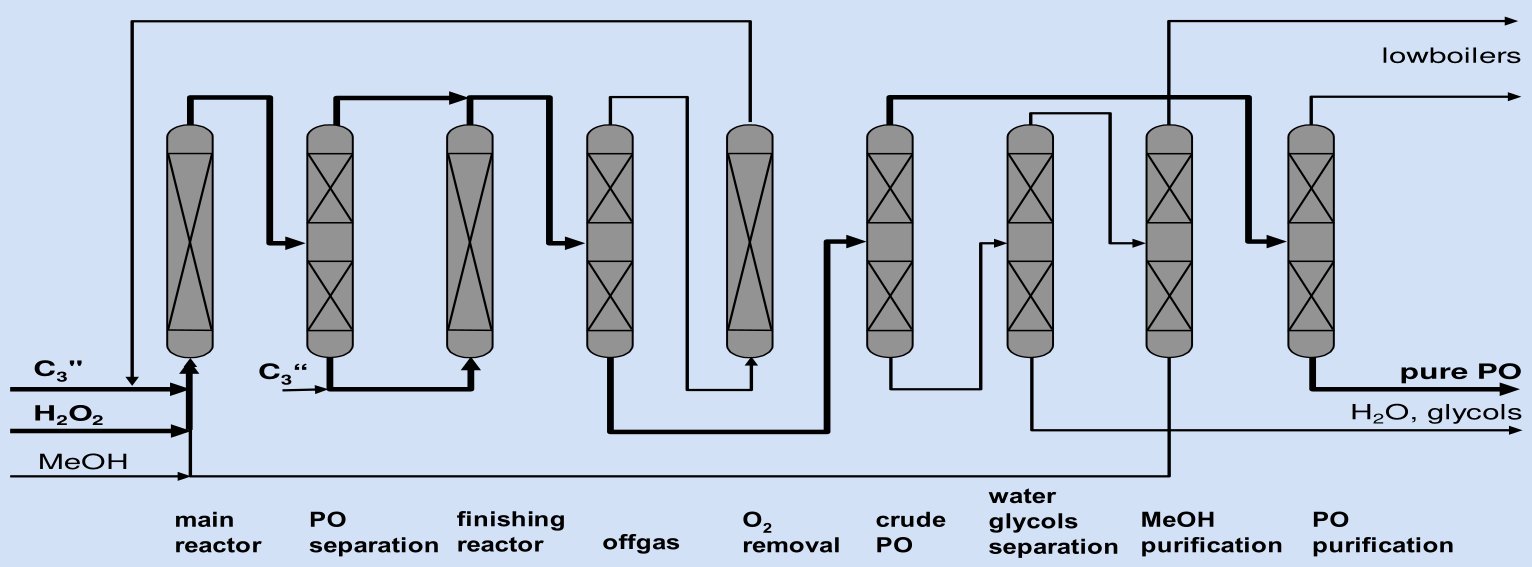Technology

- Name
- BASF Dow HPPO
- Owner
-
/ BASF Dow Co-Ownership - Brand
- HPPO
- Process
- Oxidation
- Type
- Direct Oxidation Routes for Propylene Oxide Production
- Available
-

- #TE83
Description
Your insights will be shown here
| Entity | Site (Country) | Asset (Plant) | |||
|---|---|---|---|---|---|

|

|
|
PO Plant | ||

|

|
|
HPPO Plant |
Content provided by
| Transaction | Name | Date |
|---|---|---|
| Modified by |
|
11/7/2024 9:54 AM |
| Added by |
|
3/6/2022 12:07 PM |










